Diverse Religious Architecture in the Capital of the World’s Most Populous Muslim Nation
Thursday, 2nd July 2009 by Evan Brammer
Despite Indonesia having more Muslims than any other nation in the world, making up 87% of its total population, the government's pseudo-religious tolerance1 is seen within several religious buildings, all standing within a few city blocks of Indonesia's central seat of power and the highest court in the land.
With over 200 million Muslims in a country whose "religious freedom" is mere decades old it is not difficult to see the significance of these Muslim, Hindu, and Christian influenced buildings.
What you don't expect to see in the heart of Indonesia is a 100 year old Catholic cathedral. Yet, there it is.
The Central Catholic Cathedral (Gereja Katedral) is the seat of the Archbishop of Jakarta. The current building is a rebuild of the original that was burnt down in the mid-1800s. On Christmas Eve, 2004, the church was the target of a blast bomb attack.
What you do expect to see in a highly populated Muslim country is a mosque. Just a 150 meters from the great doors of the Cathedral are the great halls of the largest mosque in Southeast Asia.
What is significant about The Independence Mosque (Istiqlal Mosque), besides its size, is that its designer was not a Muslim at all. In fact, he was a Christian architect that won the job as part of a contest held by the government in the 1960s. The mosque would take 17 years to build.
Just one block away from The Independence, the same Christian architect, Frederich Silaban, designed another one of Jakarta's treasured monuments, the National Monument (Monumen Nasional or MONAS); this time taking his influences primarily from the Hindu religion.
Taking 14 years to build, the National Monment is a 137m tall tower that supposedly symbolises the fight for Indonesia's independence. Visitors generally stand for hours in long lines while they wait to ride up the old, rickety 11-passenger elevator up the deliberately phallic-looking shaft to the central viewing platform. The design of the monument supposedly "combines elements of the male and female physiology", symbolising fertility in the Hindu-Javanese tradition.
All three of these religiously influenced buildings demonstrate, to a certain extent, Indonesia's religious tolerance. For if we just cross the street from the National Monument, we will come upon the Presidential Palace (Istana Merdeka) and the Supreme Court of Justice (Mahkama Agung); arguably the nation's most important political buildings.
The Presidential Palace / The Supreme Court of Justice
From the viewing platform of the National Monument tourists can photograph all of the buildings discussed here within a single panoramic frame. The President's home, the Supreme Court, the largest mosque in SE Asia, and the central Catholic cathedral all from an Hindu-influenced monument. An impressive vista for sure.
Thanks to Perry Ismangil.
-
The Indonesian government is considered secular, not a Muslim-state such as Iran, but they do recognise and give some religious freedom to its six officially recognised faiths: Islam, Protestantism, Catholicism, Hinduism, Buddhism, and more recently, Confucianism. ↩︎
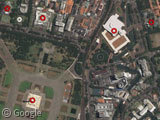
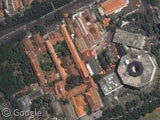
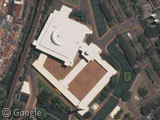
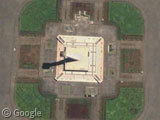
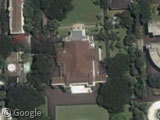
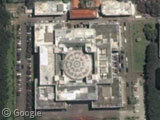
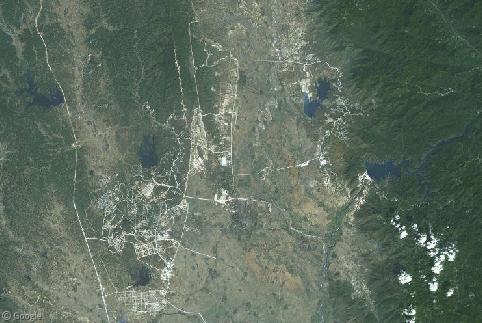
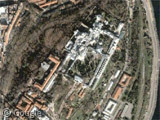

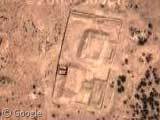
Sharing statistics
Share this site